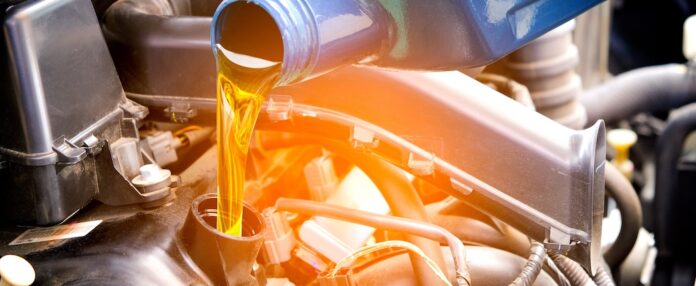Europe’s two leading lubricant associations launched their product carbon footprint calculation tool this week, vital to reducing greenhouse gas emissions across the lubricants value chain.
Until recently, there was no harmonized methodology for calculating product carbon footprints of materials used and manufactured by the lubricants industry. Then in October, certification agency TUV Rheinland Energy GmbH approved the Methodology for Product Carbon Footprint Calculations for Lubricants, Greases and Other Specialities, which underpins the tool.
Over the sixth months of concrete development the Union of the European Lubricants Industry and the Technical Association of the European Lubricants Industry’s joint sustainability committee devised the tool in Excel form, familiar to almost everyone in a data processing role. It features detailed usage instructions, the ability to capture raw material and manufacturing emissions with input tabs and output tabs that generate transparent PCF results.
“Already in the first hours after release we registered a high number of downloads from the UEIL web page which we found very encouraging,” Markus Garb, chair of the ATIEL/UEIL Joint Sustainability Committee, told Lube Report. “As many stakeholders in our industry are in different stages in their sustainability journeys, some are more advanced and some are in the beginning, our aim was especially to lower the barrier to get started.”
The JSC’s work is far from being done, Garb explained. It will continue providing application support and online seminars to explain the tool and the logic, including in the conference space throughout 2025.
It’s generating an overview of all PCF methodologies used in the value chain for lubricants, The committee’s downstream working group is also looking at lubricants’ use and end-of-life phases in the value chain.
“The journey on the PCF-tool is not over yet,” Garb said.
